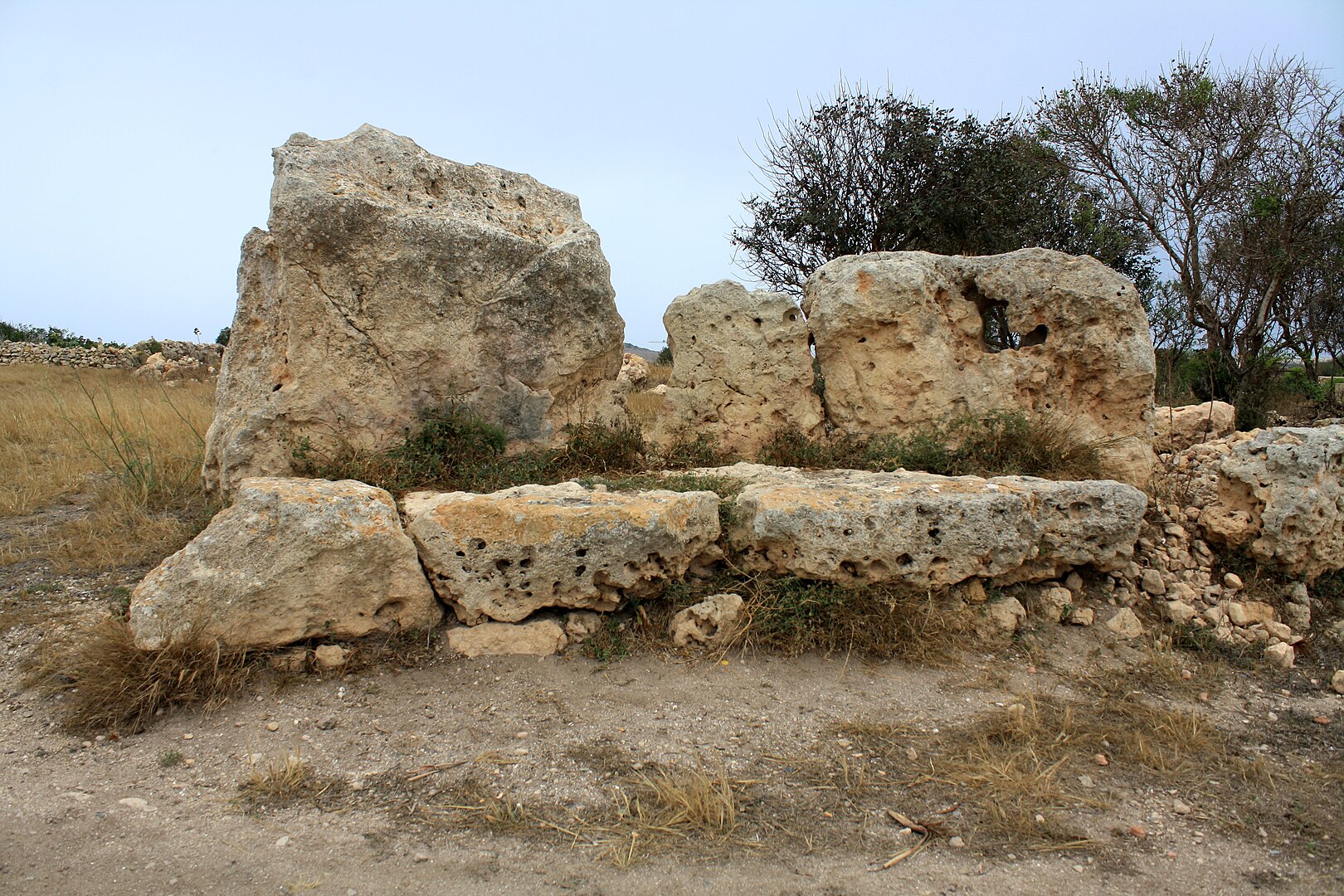Santa Verna is a megalithic site occupied by a prehistoric village and a megalithic temple in Xagħra on the island of Gozo, Malta.
Dating to approximately 5000 BC, Santa Verna represents one of Malta’s earliest temple structures and forms part of the island’s UNESCO World Heritage prehistoric temple complex.
The site was first excavated in 1911, with more recent studies revealing Neolithic burial pits, intact prehistoric stratigraphy and environmental evidence, and underground cave systems connected to the broader Xagħra archaeological landscape.
Groups of archaeologists and heritage activists, led by Malta Arch, have launched a parliamentary petition to protect the archaeological landscape of Santa Verna from encroaching development.
According to an official press statement by Malta Arch: “The 7,000-year-old temple complex faces immediate destruction from approved development, including 18 houses, swimming pools, and two roads, with one road already cutting directly through the temple’s protective buffer zone.
“We are witnessing the systematic destruction of irreplaceable archaeological evidence,” said Ian Springham, heritage campaigner and member of Malta Arch.
“This isn’t just about Malta,” explains the campaign. “These sites hold keys to understanding early European civilization, agricultural development, and prehistoric society. Once destroyed by development, this evidence is lost forever.”
While the Superintendence of Cultural Heritage maintains that permitted works are properly supervised, heritage advocates argue that current protections are inadequate for preserving the site’s full archaeological potential and scientific value.
The Petition Demands:
-Emergency Conservation Order to halt all construction within the archaeological landscape
-Expanded buffer zone encompassing the entire Xagħra archaeological landscape
-Independent archaeological monitoring of all permitted works
-Public archaeological study to document and preserve remaining evidence
-Protection of environmental and historical context including ancient DNA preservation protocols
Growing Support and Public Action
The petition has gathered over 500 signatures and continues to grow as awareness spreads. A public “Archaeology Awareness Walk” is scheduled for August 23, 2025, to highlight the threatened landscape and build support for protection measures.
Read the parliamentary petition: https://parlament.mt/en/petition?id=292
Header Image Credit : Dreizung – CC BY 3.0
Sources : Malta Arch







